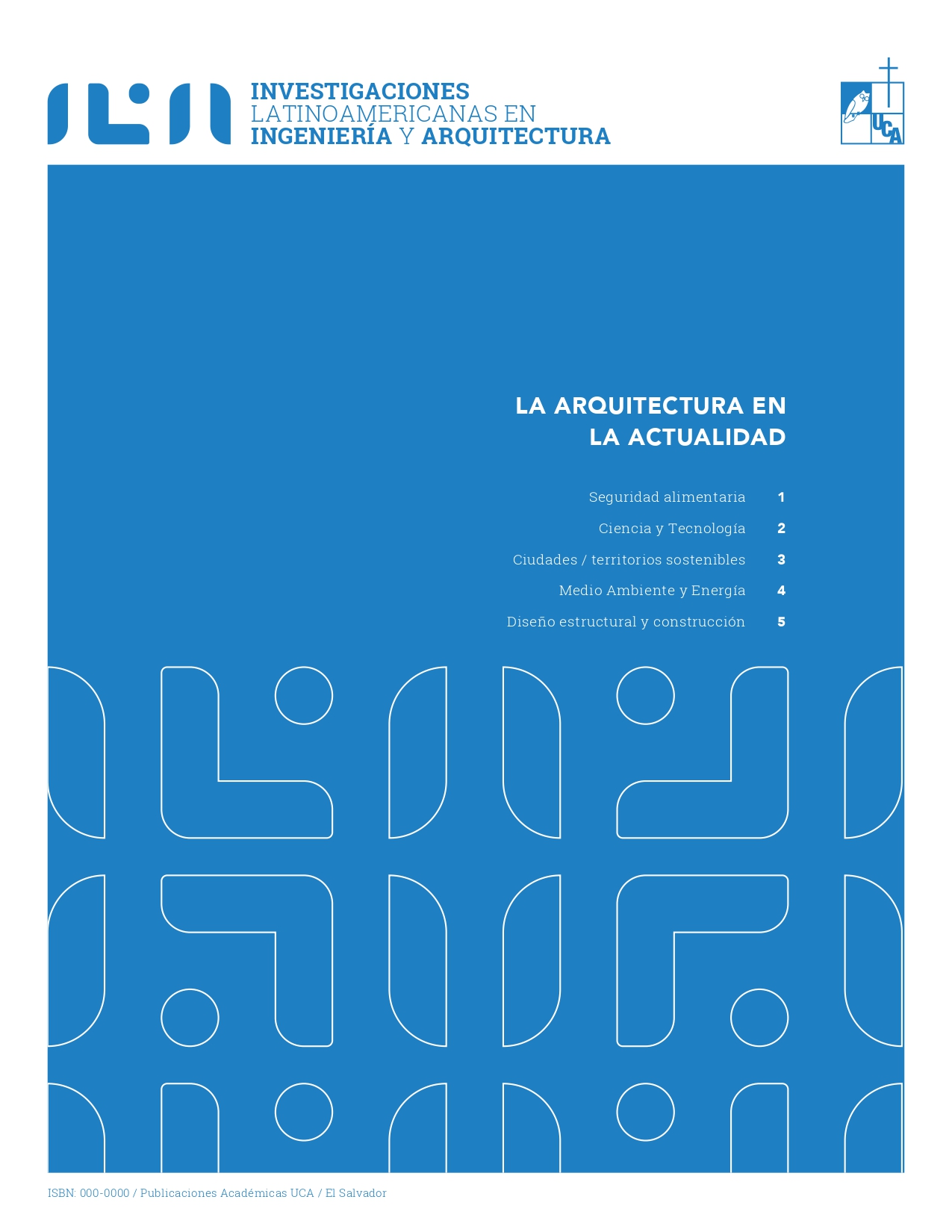Abstract
In the present investigation, elements were sought to be able to argue about the importance of declaring total sugars and added sugars in the nutritional labels of beverages marketed in El Salvador, since currently neither of these two parameters is mandatory to declare. It began by studying the data reported on the labels of 112 mass consumption beverages in El Salvador, finding that 54 % exclusively use caloric sweeteners, while 36 % use a mixture of caloric sweeteners with non-caloric sweeteners. It was also found that 62.5 % of the beverages declare only total sugars and 34 % declare both total sugars and added sugars. When calculating the energy provided per serving due to sugar between the total energy, it was found that both beverages that contain only caloric sweeteners, as well as those that contain a mixture of caloric and non-caloric sweeteners, exceed 10 % of the value, so that, if front labeling were mandatory in El Salvador, these products should have a warning of “excess of sugar”. Finally, a sample of 23 beverages was taken to perform the analysis of total dissolved solids (refractometric assay), which correspond to the total dissolved sugar, finding that in all the samples the total sugar content reported on the label corresponds to the result obtained in the laboratory.
ILIA: Investigaciones Latinoamericanas en Ingeniería y Arquitectura, No. 01, 2024: 208-212.
References
J. Verdú, Nutrición para educadores, Díaz de Santos, 2005.
M. Hiriart y R. Vidaltamayo, «Cuestión de hormonas: el papel de las hormonas del páncreas en la salud y en la diabetes,» Ciencia, vol. 53, nº 3, pp. 38-45, 2002.
FDA: Food and Drug Administration, [En línea]. Available: https://www.fda.gov/food/nutrition-facts-label/added-sugars-nutrition-facts-abel. [Último acceso: 2022].
AHA: American Heart Association , [En línea]. Available: https://www.heart.org/en/healthy-living/healthy-eating/eat-mart/sugar/added-sugars. [Último acceso: 2022].
OMS, «Directriz: Ingesta de azúcares para adultos y niños,» Organización Mundial de la Salud, Ginebra, 2015.
M. Guasch-Ferré y F. Hu, «Are Fruit Juices Just as unhealthy as sugar- sweetened beverages?,» JAMA Network - Invited Commentary - Nutrition, Obesity and Excercise, 2019.
RTCA 67.01.60:10, « “Etiquetado nutricional de productos alimenticios preenvasados para consumo humano para la población a partir de 3 años de edad"».
J. Hess, M. E. Latulippe, K. Ayoob y J. Slavin, «The confusing world of dietary sugars: deffinitions, intakes, food sources and international dietary recommendations,» Food & Function, pp. 477-486, 2012.
Skoog, Análisis Instrumental, México: Interamericana S.A., 1987.

This work is licensed under a Creative Commons Attribution-NonCommercial 4.0 International License.
Copyright (c) 2024 C. Menjívar, R. Girón, D. Gómez (Autor/a)





